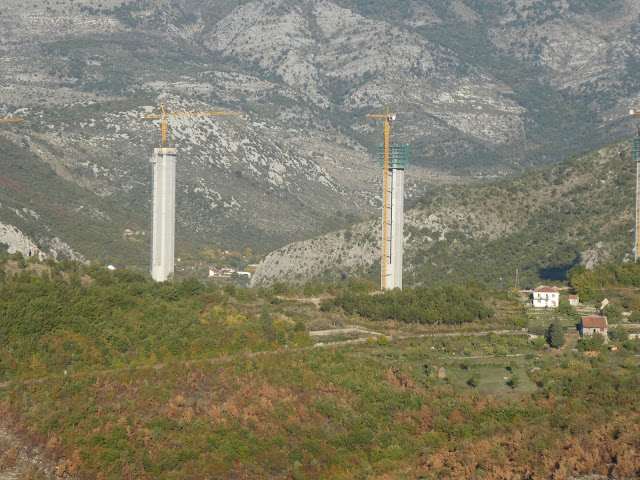We had hoped to do most of the travelling by the awesome Indian Railway system,which would certainly have kept costs down but communication difficulties on their international website precluded early booking which is essential for AC1 bookings on long distance express sleepers.
The result was that I put some feelers out for car and driver hire. This ensures security and puts all transport arrangements in our hands with built in flexibility. We are also, of course, door to door at all times. The downside is, of course, this comes with a cost which seems to be in the region of 3000 to 5000 rupees per day. At the time of writing the exchange rate between the pound sterling and the Indian Rupee is 86 ir = £1.
I emailed five companies who were offering extended car and driver hire, giving them details of my proposed itinerary and asked them to provide a quote. Only two companies responded. The first company, who replied within hours, offered a total package for 42,000 IR. This works out at about £480 for the twenty day trip, or about £25 per day. This is to include all the driver's accommodation and food, fuel, parking, taxes and tolls, and guides in each of the cities. The company could not have been more helpful with advice on the undertaking and suggestions of things to include. At all times the reins are in my hands and the arrangements remain flexible according to my ideas. We will be met at the airport and returned there in time for our Goa flight. Incidentally the other company that quoted wanted 70,100 IR.
So here is the itinerary, as we have planned it so far. I have removed the column with the dates for reasons of security The costs that total £2500 are for flights, internal travel and accommodation in the hotels. We have to add to this food along the way and entry /guide fees.
I will now attempt to give you an introduction to the subcontinent of India 🇮🇳, not an easy task but here are a few facts to give you a context. India is the seventh largest country by area and the second most populous country with 1.3 billion inhabitants. It is the world's largest democracy. It ranks 6th by GDP in world economies and is the fastest growing major one. The country welcomes 14.6 million tourists per year, about the be swollen to 14.6 million and two. Many people associate India with Buddhism, but this religion is claimed by only 1% of the population. Other religions are Hindu 80%, Islam 14%, Christianity 2%, Sikhism 2% and others 1%. Life expectancy has risen to 68 years. Maybe that's all the religion.
The introduction to the Lonely Planet Guide to India sums up a visitor's experience rather eloquently, let me quote it to you.
The introduction to the Lonely Planet Guide to India sums up a visitor's experience rather eloquently, let me quote it to you.
"Explore the Unexpected"
"India tosses up the unexpected. This can be challenging, particularly for the first time visitor: the poverty is confronting, Indian bureaucracy can be exasperating and the crush of humanity may turn the simplest task into a frazzling epic. Even veteran travellers find their nerves frayed at some point; yet this is all part of the India ride. With the ability to inspire, frustrate, thrill and confound all at once, adopting a 'go with the flow' attitude is wise if you wish to retain your sanity. Love it or loath it, and most travellers see-saw between the two, to embrace India's unpredictability is to embrace its soul. "
And from the same source, talking about religion : " Spirituality is the common characteristic painted across the vast and varied canvas that is contemporary India. The multitude of sacred sites and rituals are testament to the country's long, colourful and sometimes tumultuous religious history."
By occupying a very large and fertile area, rich in natural resources in Central Asia, the entire subcontinent has always been the envious target for invasion, subjugation, and exploitation. The scars and glories of this history are only too evident today.
Finally here is a map of India on which you can follow our route with reference to the itinerary above.




















































